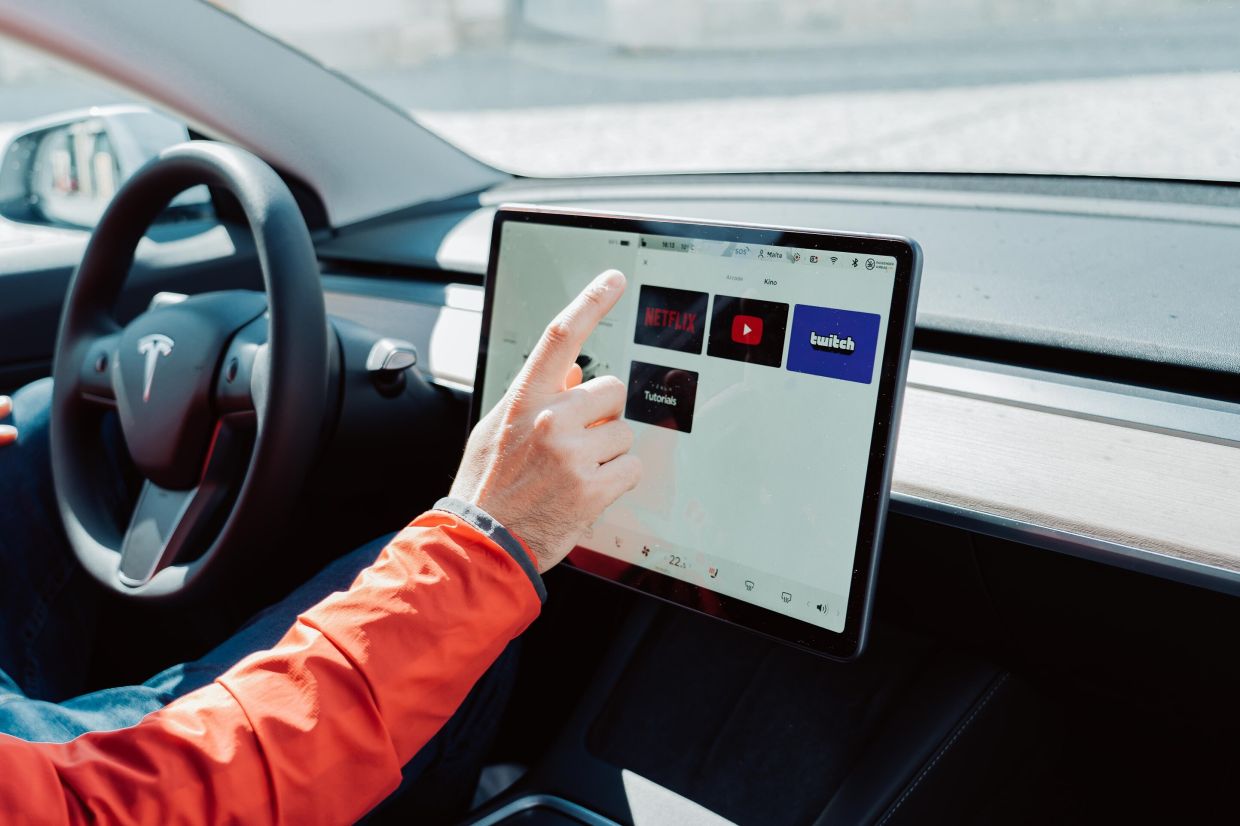Semi-autonomous driving assistance systems have been integrated into vehicles for some time now, yet there remains a pressing need for automakers to enhance measures ensuring drivers remain attentive as their vehicles assume some driving responsibilities.
This sentiment is underscored by the Insurance Institute for Highway Safety (IIHS), which recently introduced a new rating program to evaluate the efficacy of safeguards surrounding these systems and their ability to deter misuse.
Among the 14 systems evaluated, only one received an acceptable rating: the 2022-2024 Lexus LS. Meanwhile, the 2023-2023 GMC Sierra with Super Cruise and the 2023-2024 Nissan Ariya with ProPilot Assist earned marginal scores. However, the majority—eleven systems in total—fared poorly in the assessment.
Specifically, the scoring breakdown revealed various shortcomings:
- 2022-2024 Lexus LS: Rated Good for its Advanced Drive system.
- 2023-2024 GMC Sierra: Marginal.
- 2023-2024 Nissan Ariya: Marginal, particularly concerning ProPilot with Navi-link.
- 2023-2024 BMW X1: Poor performance.
- 2021-2024 Ford Mustang Mach-E: Poor scores for both BlueCruise and adaptive cruise.
- 2023-2024 Genesis G90: Poor ratings for both HDA 2 and adaptive cruise.
- 2023-2024 Lexus LS: Poor performance in adaptive cruise control.
- 2022-2023 Mercedes-Benz C-Class: Rated Poor.
- 2023-2024 Nissan Ariya: Poor performance for ProPilot 2.0.
- 2021-2023 Tesla Model 3: Poor ratings for Autopilot and Full Self-Driving beta.
- 2022-2024 Volvo S90: Poor performance.

The evaluation criteria encompass several aspects of driving monitoring, including attentiveness to the driver’s behavior and responsiveness to corrective actions. IIHS testing examines the system’s ability to monitor driver attention, prompt compliance, and discourage reliance on automation inappropriately.
David Harkey, the organization’s president, cautioned against overestimating the safety benefits of partial automation, citing instances where inadequately safeguarded systems have introduced new risks.
A critical takeaway from this assessment is IIHS’ reminder that despite automakers’ marketing claims, fully self-driving vehicles do not yet exist.
Drivers must remain in control and be prepared to intervene when necessary. Therefore, ensuring drivers understand how to effectively utilize these functions and remain vigilant is increasingly imperative.
Also read: Minivans Aren’t Protecting Priceless Cargo Well, According to IIHS Crash Tests

